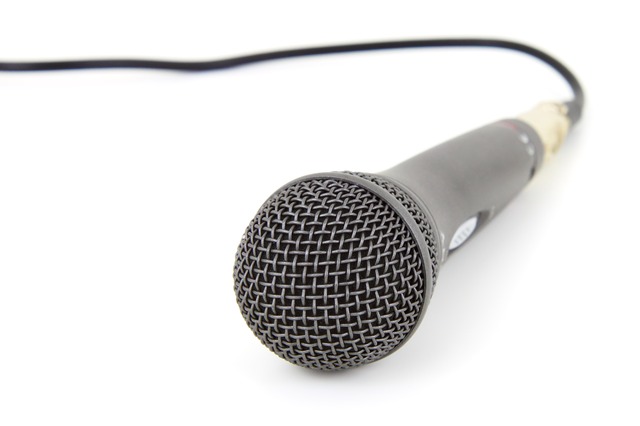Sound Swedish with speech tones! Posted by Stephen Maconi on May 10, 2017 in Pronunciation, Swedish Language
 The Swedish language is known by many to be a melodic one, and many say that Swedes sound like they’re singing when they speak. Is this true?
The Swedish language is known by many to be a melodic one, and many say that Swedes sound like they’re singing when they speak. Is this true?
Well, in truth, it depends largely on who’s speaking! Less individually, more regionally. In many parts of Sweden, people speak with a rather “flat” tone – compare Gothenburg Swedish with, for example, Scanian. Gothenburg is a city on the west cost of Sweden, near Oslo, Norway. Scania is the region furthest south in Sweden, right across the water from Denmark. Gothenburg Swedish (known to Swedes as göteborgska) has a particularly “singing” tone. Scanian (Swedish skånska), on the other hand, has a rather flat tone with a downward tendency. Stockholm Swedish, which is generally considered very close to “Standard Swedish”, is somewhere in the middle of these, but not really. It’s sing-y, but in a different way.
In Standard Swedish, there are two main “tone” patterns called tone accents – one where only one syllable is stressed (emphasized), and the other where two syllables are stressed. The former is called acute tone accent whereas the second is called grave tone accent. These “tone accents” are not to be confused with dialects – they are tonal patterns within accents.
So what’s the difference? Here’s an example. Think of the English word “blackboard”, what a teacher might write on using chalk. Where’s the stress?
Blackboard: BLACK-board
This is the English equivalent of the acute accent. The acute (single stressed) syllable doesn’t have to be the first, though:
Parkour: par-KOUR
Vacation: va-CA-tion
are also examples. The grave accent, on the other hand, is when you say:
Black board: BLACK BOARD
as two words. Here, we’re talking about a board that is black. A “black board”. Notice that you stress both the first word “black” and the second word “board”.
In Swedish, this distinction is very important. These two words have entirely different meanings:
stegen – the steps (from ett steg, “a step”)
stegen – the ladder (from en stege, “a ladder”)
Stegen as in “the steps” is pronounced as if you’re saying “blackboard” as one word. STEG-en. BLACK-board. STEG-en.
Stegen as in “the ladder” is pronounced as if you’re saying “black board” as two words. STE-GE. BLACK BOARD. STE-GE.
Got it?! Other words like this are:
Acute: normen – “the norm” (from en norm)
Grave: norrmän – “Norwegians” (from en norrman)
Acute: modet – “the courage” (from mod)
Grave: modet – “the fashion” (from mode)
Acute: tanken – “the tank” (from en tank)
Grave: tanken – “the thought” (from en tanke)
Swedish is full of these differences – the key is to learn the word without any ending! For example, for the word “thought”, learn that it’s base form is tanke. If you know the tone accent of the base word, you’ll know that tanken with the meaning “the thought” has the same tone accent. When you’ve mastered tone accents, you’ll sing just like a Swede!

Build vocabulary, practice pronunciation, and more with Transparent Language Online. Available anytime, anywhere, on any device.



